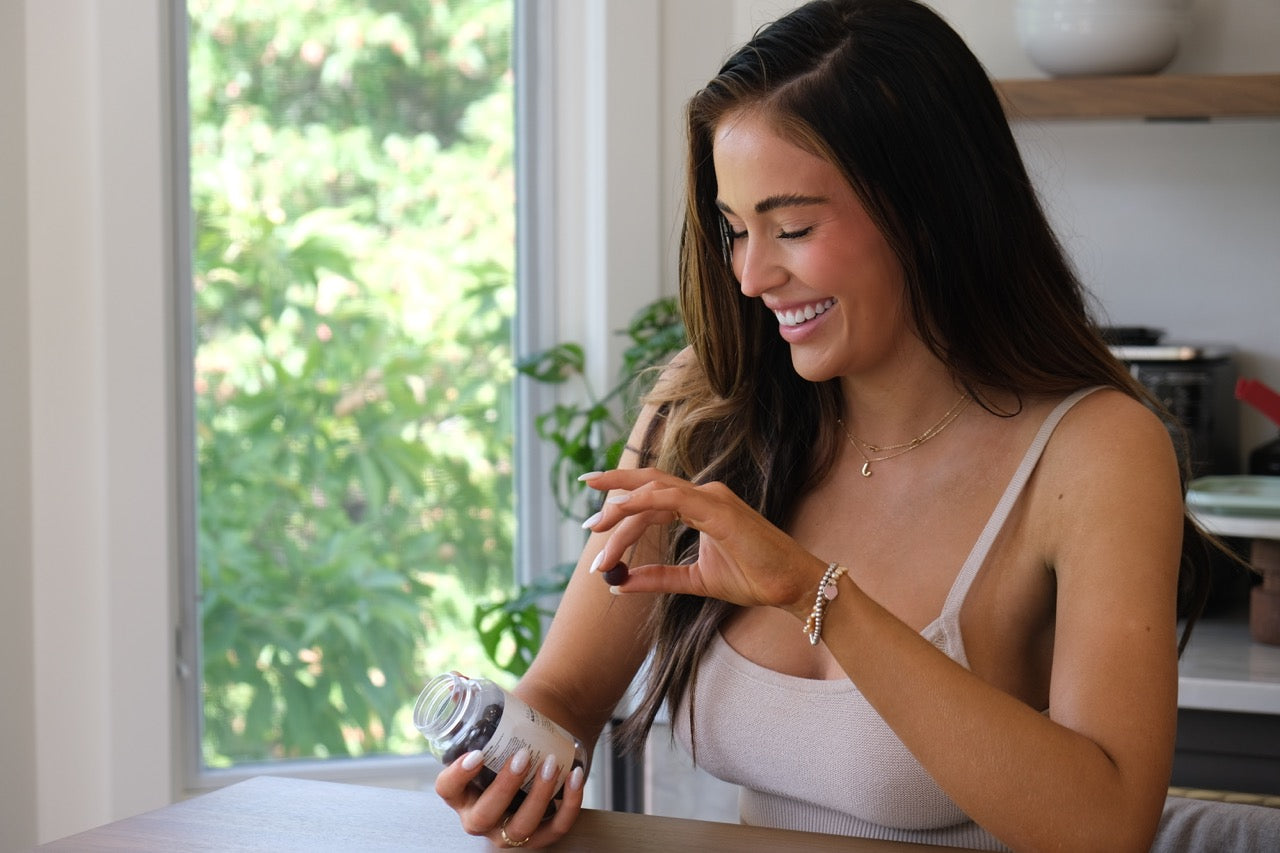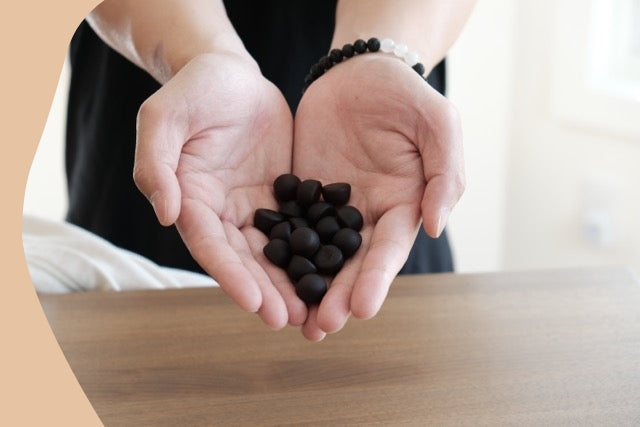
10 Crucial Tips for Growing Your Own Herb Garden
Herbs are an easy way to add unique flavor to all kinds of foods and meals. By growing your own herb garden, you can have an abundant amount of herbs available to you for cooking and baking, without even having to leave your home!
It’s a great hobby that, when done properly, can save you money on your grocery bill and improve your dinner flavor profile. Even better than this, herbs aren’t just for eating or tasting, they are great for creating fragrances and beautifying your next arts and crafts project. Some people use dried herb bundles for decoration, fire starters, and smudging/cleansing rooms.
What is a Herb?
This might seem like a weird question, we all know what a herb is, right? It may seem redundant, but when planning a herb garden it is important to know what you are working with.
The word ‘herb’ gets thrown around a lot. Simply put, herbs are plants that have aromatic and fragrant properties. They smell and taste relatively strong compared to other plants. Some common examples include basil, thyme, rosemary, oregano, and dill.
For the most part, herbs are green and leafy plants. Usually, when adding them to food, you cut up the leaf. This is where the flavors come alive!
Herb Or Spice?
Alright, so what is the difference between a herb and a spice?
A herb comes from the green leafy parts of a plant. A spice, on the other hand, comes from any other part of the plant, such as the bark, roots, seeds, or flower bud. In this way, herbs are much easier to obtain. You don’t have to go through any process to use the herb - besides potentially cutting up the leaf itself.
So, what should you know when it comes to creating your first herb garden?
Tips For Growing a Herb Garden
The good news is that today it’s so easy to purchase a herb garden kit. You can easily go on Amazon and order a starter kit straight to your front door. But before you get that far, let’s go over a few tips. This way you can prepare yourself for success with your first herb garden.
Tip #1: Choose Based On What You Use
Choosing which herbs to focus on can be the hardest part!
What do you use for cooking the most? What herbs are your favorites? This is important to assess because it will help you decide which herbs are the best ones for your little garden. Make your decision based on your needs and preferences.
Tip #2: Beware of Mint!
Mint probably jumps out as one of the first herbs you’d like to have growing in your kitchen, but beware! Once it starts growing, mint is a herb that can get out of hand so quickly. It’s like an unstoppable army of a plant that just won’t quit, and it spreads. If you decide to grow mint, try keeping it to its own pot, this prevents it from taking over your other herbs.
Tip #3: Start Simple
It is suggested that you start with one or two herbs, then increase the amount you are growing up to five (or as many as you want).
This is a great strategy for the beginner herb gardener. Get it down with one or two easy herbs to start. Once you’ve mastered that, add another two or three to your batch. This can be much less stressful and prevent any guilt you might feel over wasting five different seeds or plants.
Tip #4: Research the Right Combination
Before planting, look into which herbs grow best together. Look up the care instructions for each herb and choose ones that have similar care-taking. For instance, oregano, thyme, lavender, rosemary, and sage all work wonderfully together, enjoying a ton of sun and not too much water.
Here are some fun combinations we suggest:
- Pizza Herb Garden: Basil, oregano, and parsley. (For the full pizza experience throw some tomato and pepper seeds into your garden here.)
- Mexican Seasoning Herb Garden: Cilantro, oregano, thyme, and parsley.
- Flavored Water Herb Garden: Stevia, lemon balm, lemon verbana, sage, and mint*.
- Garnish Herb Garden: Chives, rosemary, basil, thyme, and dill.
*Start by planting your mint in a different pot for best results.
Tip #5: Check the Soil
When you first get your herb kit or seeds, make sure the soil is loose to allow your herbs to grow freely. If the soil is compacted your herbs will not grow properly.
Avoid regular garden soils! Try using a potting soil that is light and fluffier to grow your garden, and if you can get one that has compost or nutrients already in the soil (like ProMix) you’re on the right track.
Tip #6: Start Indoors
The seeds actually germinate faster indoors, which is why ideally, an indoor herb garden is best. Although, if you live in a warm climate, you can put the herbs right outside. You just don’t want them to be freezing or becoming too cool at night.
Let’s start today: How to Start an Indoor Garden
Tip #7: Pick a Location
Ideally, the spot you intend on putting your herb garden should get at least six hours of sun each day. Often, this means a window sill or a table close to a window is the most suitable. You may also choose to place it near the kitchen, as long as you get enough light.
When starting your own garden, make sure you research what lighting/conditions will ensure the best outcome for your plants.
Tip #8: Don’t Be Afraid To Trim
Herbs can get out of hand fast and timing or cutting them down will stop them from overgrowing. Don’t be scared to pluck those herbs as early as you can. Prune them at the base of the branch. And hey, sometimes you actually get two more branches growing back where there was once one.
Generally speaking, you can start pruning and using those herbs when they reach about 3 or 4 inches in height. A good herb to experiment with at the start is basil. It responds quickly to pruning and benefits from it greatly too.
Tip #9: Avoid Growing from Seeds - When Possible
If you aren’t confident in growing the herbs from seeds (this can be hard!), instead, try buying already growing herbs from a greenhouse or the grocery store. Then, you aren’t in charge of the hardest part, which is getting them growing in the first place. You, instead, get to enjoy all the benefits of them without the struggle at the start.
Tip #10: Try the Leafy Greens Next
This is more of an after-thought than a tip. But once you’ve truly got this whole herb thing down pat, maybe you want to move onto growing your own vegetables. The leafy greens’ maintenance and growth works in a very similar way to your herbs. It’s an easy step to take and once you start, you can harvest them repeatedly to really get a bang for your buck.
Get To It!
You are now set to start growing your own herbs, so let’s get started! Order that kit, find that spot, be wary of mint, and start small (maybe with just a bit of basil).
We hope these tips help and we hope you excel in every possible way with your very first herb garden and start you on a path to self-sustainability.
Happy gardening and Bon Appetit!
Related Article: How to Start a Garden Using Vegetable Scraps






